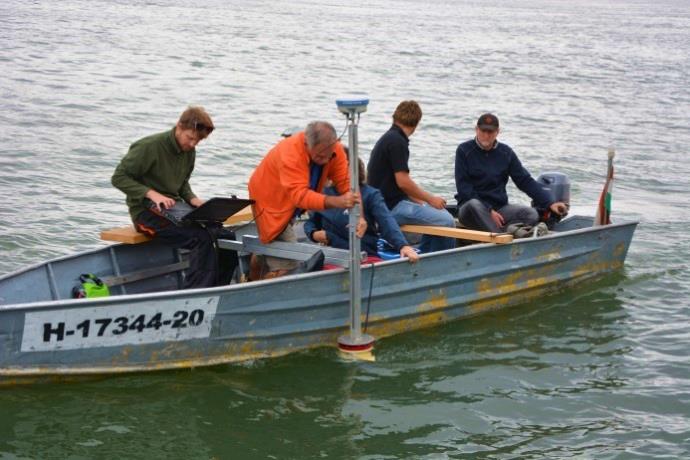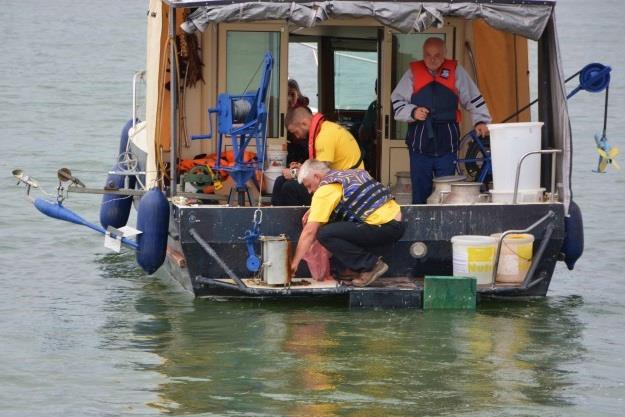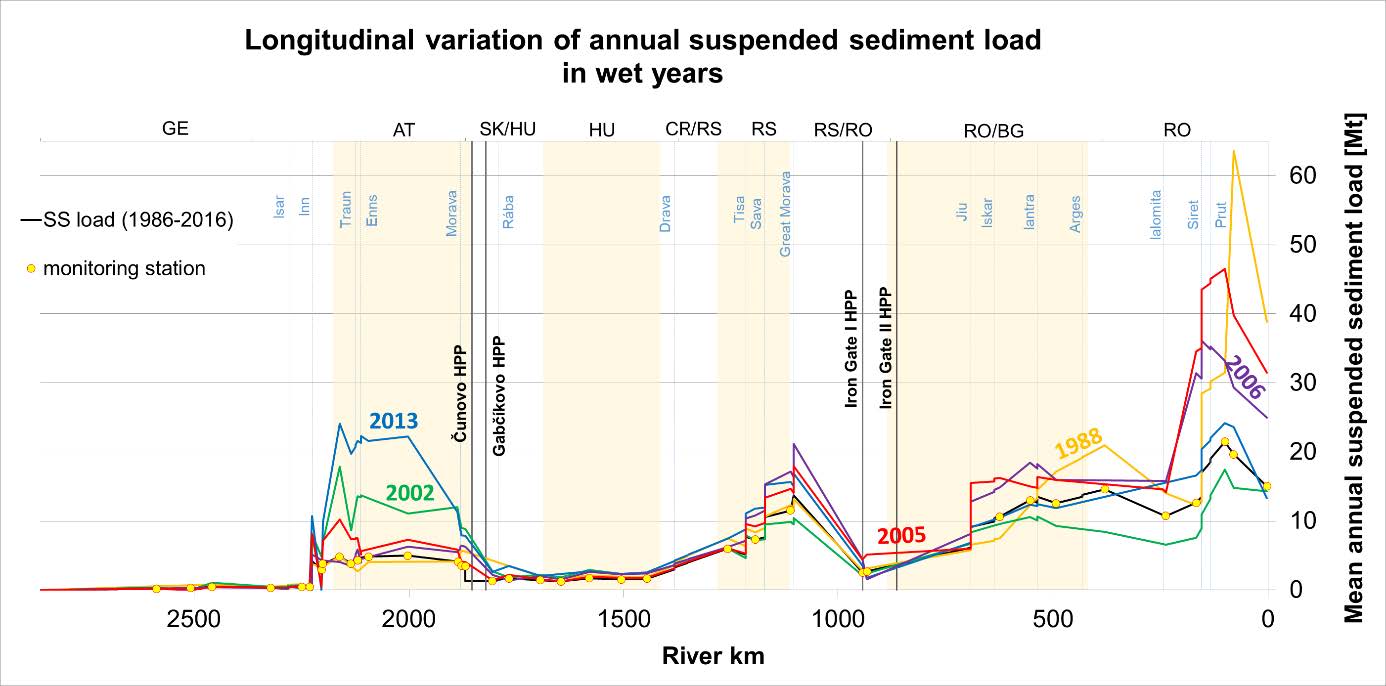DanubeSediment - First Danube-wide analysis of sediment data
13-02-2019
How much sediment does the Danube transport? How has the balance of sediment changed over time? These are some of the major questions that the DanubeSediment project partners seek to answer.
As a precondition for calculating the sediment balance of the entire Danube, the project team collected and analysed an enormous set of sediment data during the past two years. The report “Analysis of Sediment Data Collected along the Danube” offers a preliminary analysis of this data. You can find the whole report on our website under this link.
The report first analyses the quantity and quality of sediment data collected in each country. This includes data on suspended sediment, meaning the particles carried in the water column such as clay and silt, and data on bedload, meaning the coarser particles such as gravel and sand.
In the second part, the report looks at the different measurement methods used for sediment monitoring and compares the data collected in each country. To create a sediment balance of the entire Danube, the partners needed to harmonise the data. Inconsistencies between different measurement methods and resulting data, for example at shared border sections, were discussed and removed. In order to compare the different methods, the project partners took part in “joint measurement campaigns” at three different locations along the Danube in 2017 (see Figure 1).


Figure 1: Joint Measurement Campaign in Kladovo 2017 (Photo: Rolf Rindler / IWA-BOKU)
The third part of the report looks at the annual transport of sediment in the Danube. By analysing the long-term variation, problematic sections in the Danube were identified, for example sections with a lower sediment transport or data gaps.
As shown in Figure 2, large flooding events transport enormous amounts of suspended sediments. The data also shows that hydropower plants in the river strongly reduce the transported amount since they function as sediment traps. For example, along the Romanian-Bulgarian and Romanian reaches up until the Danube Delta, the long-term suspended sediment load decreased by ~70% compared to historical data from before the construction of the hydropower plants.

Figure 2: Longitudinal variation of annual suspended sediment load along the Danube River in wet years (data source AT: viadonau and Verbund) (BME, 2019)
You can find further information on these issues and further results such as long-term bedload transport and grain size distribution in the Danube are available in the Sediment Data Analysis Report!
